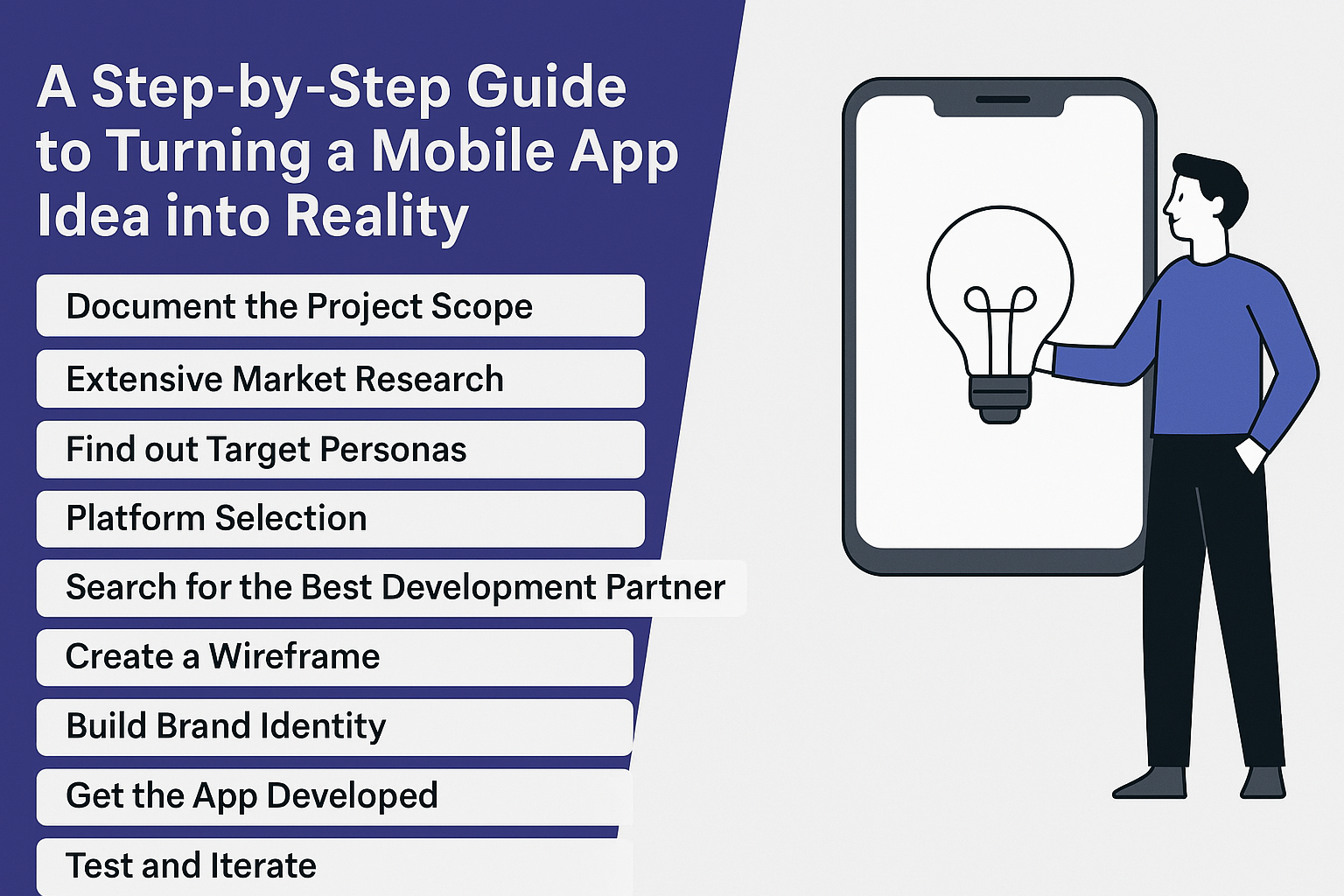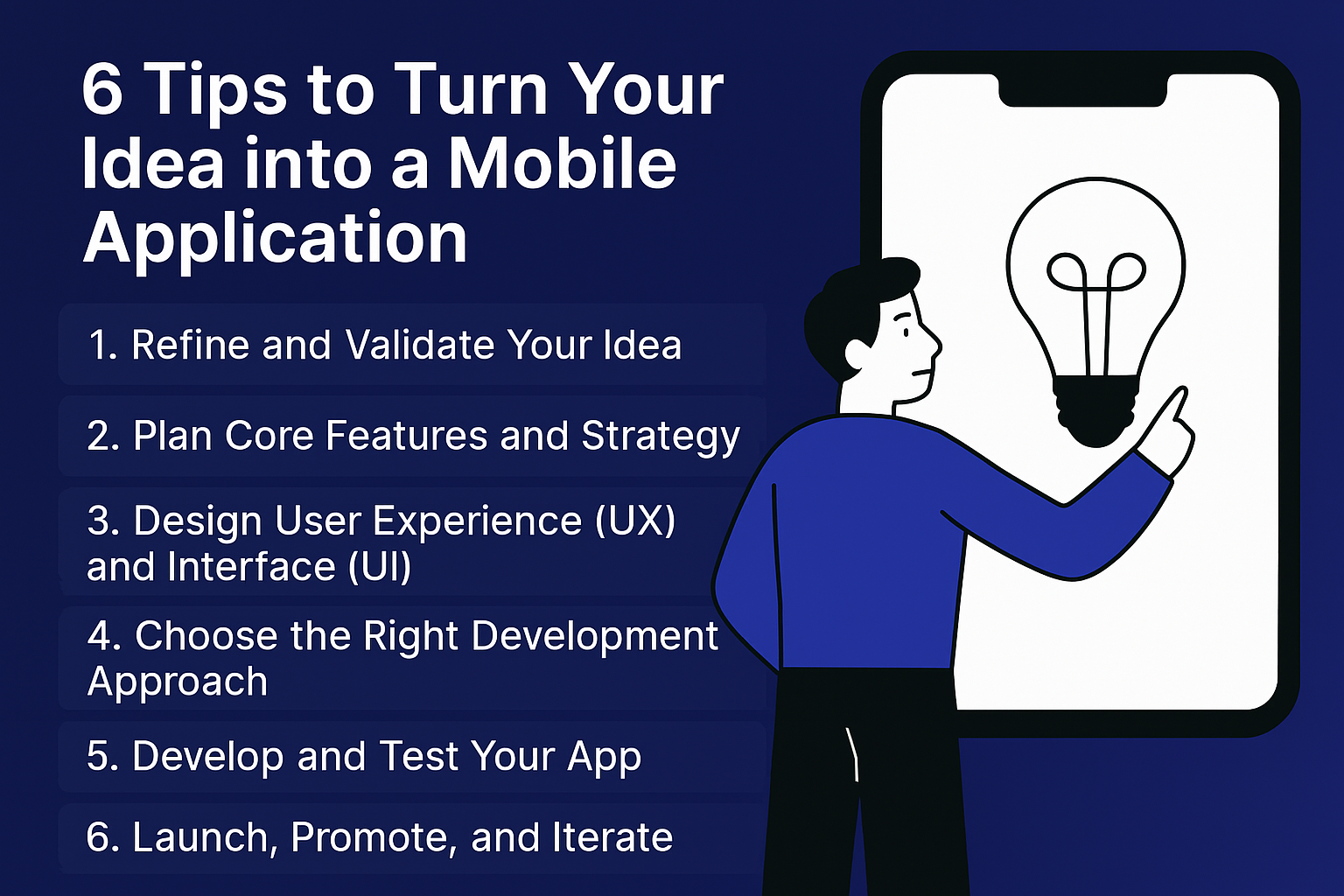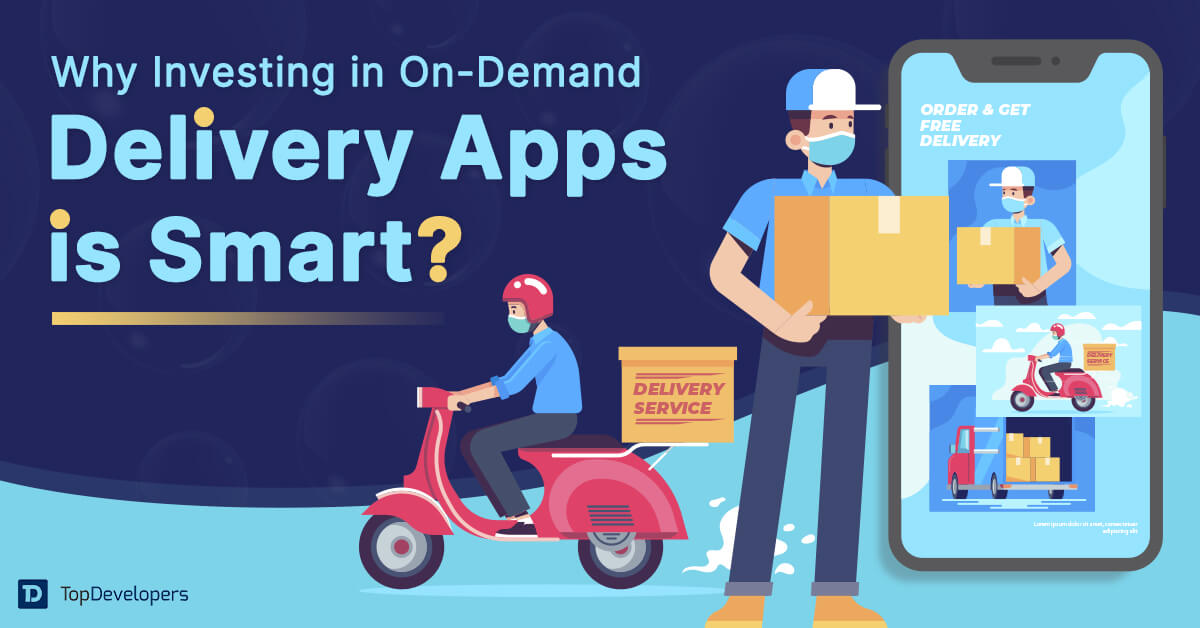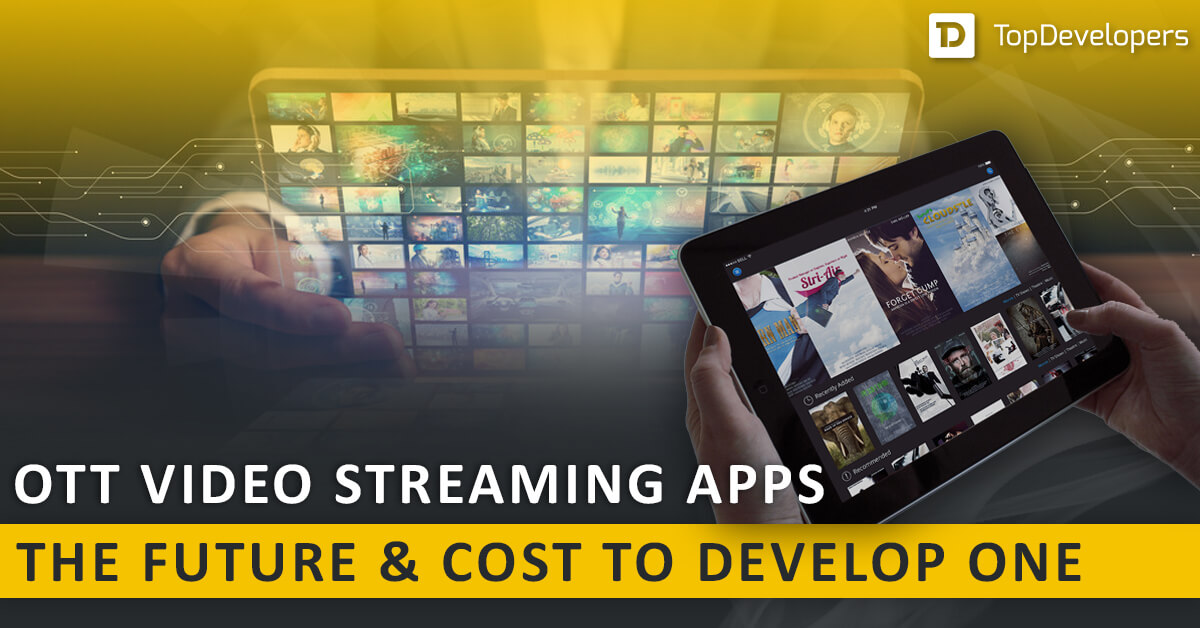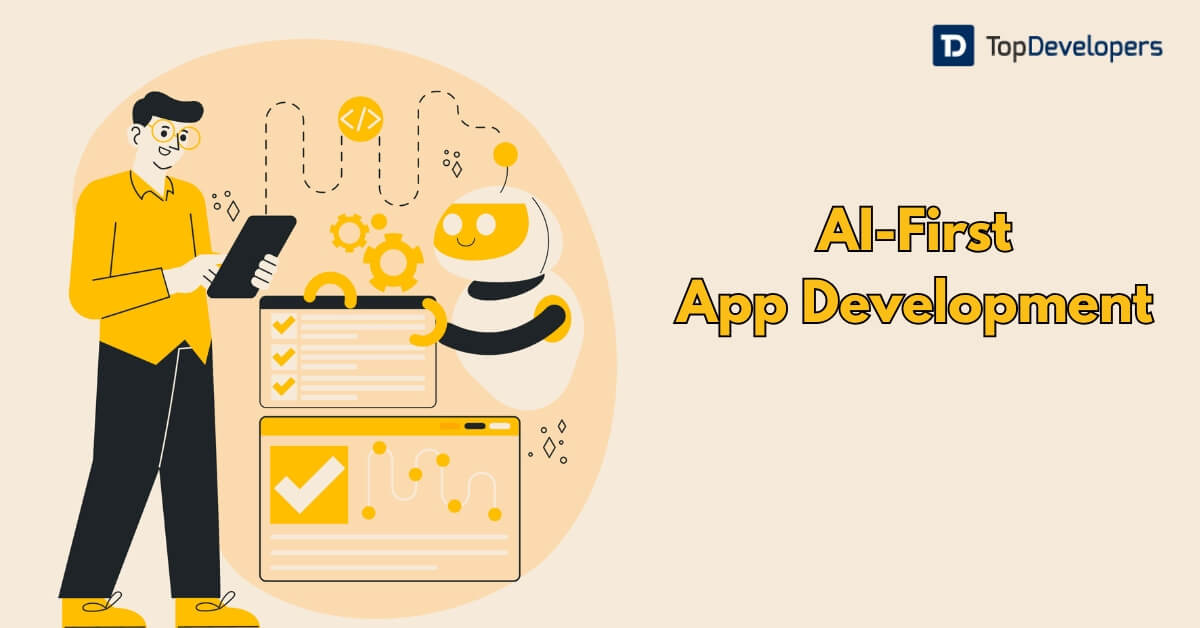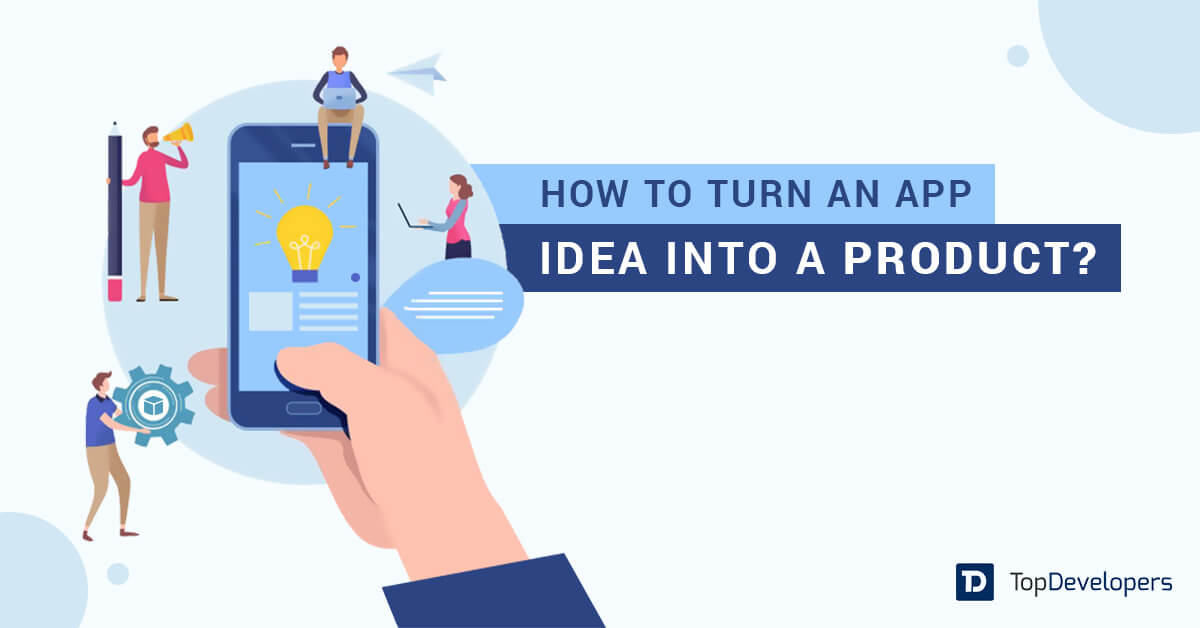
An app is not all about technology, someone noted rather well. It is a future dream.
Transposing a brilliant app concept into a professional, market-ready solution calls for a methodical approach combining technical knowledge, strategic strategy, and creativity. Whether your company is an entrepreneur, a startup founder, or a developer, this book offers a detailed road map to turn your app idea into a polished product that appeals to consumers and reaches corporate objectives.
It is difficult to realize this ambition by means of mobile app development without understanding the product vision, lack of thorough research, neglect of consumer feedback, and absent rigorous testing. Behind the scenes, the misreadings and misunderstandings drove the project down the incorrect road that finally caused app failure.
Many top players, before the app gains an audience, have to confront the unpleasant reality about app development. The many iterations enable their success. The knowledge gained from their success story about app concept implementation helps us keep all the recommendations in mind and realize the idea.
Table of Contents
- A Step-by-Step Guide to Turning a Mobile App Idea into Reality
- Document the Project Scope
- Extensive Market Research
- Find out Target Personas
- Platform Selection
- Search for the Best Development Partner
- Search for the Best Development Partner
- Create a Wireframe
- Build Brand Identity
- Get the App Developed
- Test and Iterate
- Launch with a Great Buzz
- Enhance the App with the Market Response
- 6 Tips to Turn Your Idea into a Mobile Application
- Conclusion
A Step-by-Step Guide to Turning a Mobile App Idea into Reality
Companies sometimes seek top mobile app developers to discover how they can have the app developed like a pro, from app idea ideation and development to app idea testing and marketing. To assist the companies and entrepreneurs in creating and introducing the outstanding app, here is a quick, methodical guide.
Document the Project Scope
The app concept resulted in the pillar of the app development, which has to be precisely shown on paper along with the app vision, goal, target user persona, features, and write mobile app specifications. The project started thanks to the defined project requirement document. A document that differs from one project to another depends critically on the list’s feature definition.
Enhanced later on, the basic app offers various capabilities like onboarding, search, social integration, payment, offline access, design responsiveness, and user reviews. The paper provides the development team with a concept of what to focus on and prevents scope creep-induced disputes.
Extensive Market Research
The paper reflects the future app you hope for. It is not necessary that the target consumers find the manner you want to approach the real-world issue handled with an app concept appealing and satisfying.
It calls for undertaking required homework, like market research to determine if such an app is needed, competitive studies to find gaps, and user research to find changing expectations.
For example, simple features won’t let your app generate millions of dollars even if you have a taxi app concept. Your app will attract maximum attention and increase user involvement if it meets the unmet demands of consumers by innovating with special features not seen in competing applications.
Find out Target Personas
The software is designed for users; hence, the users have to be content with the offers. Finding and adding all the hidden elements that would make the user a devoted app enthusiast calls for thorough consumer research. The company should choose the target audience first, then begin with consumer research.
If Gen X is your target persona, then you should be exact with regard to gender, job, language, education, and others. It falls short. The thorough user research focuses on defining user personas, recording user difficulties, tracking the types of offers that appeal to users, and outlining the strategy along with anticipated outcomes.
Platform Selection
Although there are other mobile operating systems where the app is launched, mostly iOS and Android have obtained more than 90% of the market share. Creating the app on each of these platforms is wise. However, you can choose one platform based on the target audience’s tastes and location and the app’s complexity and submission policies.
By location, iOS applications have a significant portion of the market in the USA, Canada, Australia, and Japan. Instead, Android applications are quite common in Europe, Russia, and South Asia. This choice clarifies which platform to use.
Getting a paid app for the iOS platform makes great sense, as the people are eager to pay for premium applications or unlock premium functionality. Less typically paid for is the Android user base.
Because of the rigorous Apple standards for feature development, UI design, and submission requirements, Android app development expenses are much less than iOS app development.
Search for the Best Development Partner
After you have developed the project document, determined the target audience, conducted in-depth research, and chosen a development platform, it is time to decide how best to profit after development. You are creating the app to create a billion-dollar company, after all.
We predict that the mobile app will generate $935 billion in income in 2023, and this figure could significantly increase in 2025.
The concerning numbers equip the business owner to generate income using several creative monetizing techniques. Different ways of monetizing let companies create packages with the mobile app.
The freemium mobile applications let users access basic functions but charge for a paid subscription to access the sophisticated ones. Users of the gaming applications mainly benefit from the in-app purchases, as they let them access the higher levels or in-app currency.
Most users of Android applications find the in-app adverts to be irritating. Still, implementing the ad model correctly—native advertisements, incentive ads, banner ads—helps to keep the consumers interested.
Search for the Best Development Partner
After the entrepreneur has completed the groundwork for a novel app concept, it is time to choose a partner from the top mobile app development company. Choosing an app development business is vital; a poor choice may cause the app to fail. Before you contract the project to the firm, you should investigate its reputation, portfolio, developers’ experience, and openness.
Apart from that, knowing an estimate for the app development cost helps one determine if the business can have the app developed within the allocated budget. The various hiring models offered for app development allow you to create the app you have always imagined. Finding an app development firm that can help you create your ideal app within your means is really essential; it will enable you to channelize your money for maximum returns by using the most suitable marketing techniques to support your company app.
Create a Wireframe
The wireframe is the low-level design plan of the app that illustrates its flow. It shows the app navigation and how the particular buttons, graphics, or text will be positioned, thereby guiding the avoidance of the development errors that turn out to be expensive later on.
The best approach to produce a wireframe involves making a spreadsheet that ranks required features in priority order, sketching screens for content blocks, properly inserting various components such as icons, buttons, and photos, and conducting thorough evaluations. The way the visual presentation of the app is designed suggests its accessibility and workflow.
Build Brand Identity
Making an app unique for the crowded app industry depends mostly on its branding. Starting with a branding plan centered on the app name, icon, CTAs, and landing page, the app branding proceeds. It facilitates communication with the target audience and helps build a memorable picture in the minds of the consumers.
Maintaining the name and symbol of the original app is crucial, as it helps the app to be famous and survive longer in the memories.
Get the App Developed
Roll the project development ball on the development floor after you have partnered up with the development partner following settlement of the development cost. The organization will supply everything from the infrastructure and tools required to produce top-tier software to the project manager and development team.
Every business owner hopes to have the greatest app available on the market that will rank highest on the app stores. However, having a guide to mobile app development for businesses will help you grasp things better and make wise judgments throughout the app creation process.
When asked to make the app operationally and aesthetically ready to release on the market, the team may also assist you with UI/UX design and app branding.
Test and Iterate
Without testing, the process of developing a mobile app is incomplete. Testing the program’s speed, identifying flaws, and checking for system failures are crucial steps that must be completed before putting the app on sale. Otherwise, it gives the consumers a negative view and raises the possibility of app deletion. Beta testing aids in the evaluation of the services, UI design, and functioning of the app.
Developers should take into account obtaining real comments from the beta testers, as many beta testing systems are accessible. Giving gift cards or app access motivates the testers to use the app and provide their feedback.
Launch with a Great Buzz
The pre-development marketing plan helps the app be very successful right from its introduction. The required preparation before the app’s release helps to generate interest in the tool that causes users to be excitedly waiting for its release. Warming your audience about what to anticipate or what’s coming up can help generate interest in your software.
With a post-development marketing plan in place, companies may spread their marketing activities across many channels—including social media, email campaigns, natural search, and PPC—increasing their success in many different ways. The funding provided for app marketing guides the changes in the marketing initiatives.
Enhance the App with the Market Response
Every stage described will help your app reach the market in good shape. Consistent dosing followed by market pulse analysis will help guarantee the app stays healthy. At many points of contact, review customer comments to find out what the app is working for and what is causing problems with the user experience.
Later on, start adjusting the app to fit the reaction, therefore transforming your app into what consumers desire. Publicly replying to user comments also helps the users feel as if they are heard.
6 Tips to Turn Your Idea into a Mobile Application
1. Refine and Validate Your Idea
- Specify exactly the issue your software will address and who your target consumers are.
- To evaluate rivals, grasp consumer wants, and guarantee demand for your proposal, do market research.
- To confirm your idea before making further investments, get comments from possible users.
2. Plan Core Features and Strategy
- List the key elements that solve your consumers’ core problems; pay close attention to the main purpose of your app and steer clear of pointless add-ons right away.
- Choose the platform(s) you will target, monetization plan, and objectives of your app (iOS, Android, or both).
- Plan realistically for development and create a budget.
3. Design User Experience (UX) and Interface (UI)
- Create mock-ups or sketch wireframes to see the layout and user flow of your app.
- Please prioritize delivering a flawless user experience and navigation, and consider creating a clickable prototype to gather early feedback.
- Create the final appearance of your app by designing the graphic elements—color, images, and branding—that best reflect it.
4. Choose the Right Development Approach
- Choose between conventional bespoke development (for scalability and flexibility) or no-code/low-code platforms (for speed and simplicity).
- Choose a trustworthy app development partner or assemble your team.
- Depending on the needs of your app and your technical knowledge, choose the suitable tools and technological stack.
5. Develop and Test Your App
- Create a Minimum Viable Product (MVP) with basic features to test your concept in the real world;
- Furthermore, do extensive usability, functionality, performance, and security tests to guarantee a flawless user experience.
- Please gather feedback from beta users and make adjustments based on their insights prior to the official release.
6. Launch, Promote, and Iterate
- Optimize your app store listing (ASO) with keywords, screenshots, and descriptions to be ready for deployment.
- Launch your app on the selected platforms (App Store, Google Play, etc.), then advertise it via marketing channels to get your audience.
- Get user comments, track statistics, and routinely update your app to resolve issues, strengthen features, and raise user happiness.
Read To Know: How to hire a Mobile App Development Company?
Conclusion
Although it’s a lengthy path, developing an app concept will provide the effects an entrepreneur or company hopes for when it rocks the targeted world. By considering all the factors, you can create a successful app with less time, effort, and financial investment. Moving forward step by step guarantees that you are on the correct road and helps ensure that the app’s quality and uniqueness are not compromised.
FAQs
1. How do I turn my app idea into a real product?
Start by validating your app idea through market research, then create wireframes or mockups. Choose the right tech stack or development tool, build an MVP (Minimum Viable Product), and iterate based on user feedback.
2. Do I need to know how to code to develop an app idea into a solution?
No, you don’t need to code. Tools like Vitara.ai, Bubble, or Adalo let you build full-stack or no-code apps using visual editors or prompts, making development accessible to non-technical founders.
3. How much does it cost to build an app from an idea?
Costs vary based on complexity, platform, and development method. A simple MVP can range from $1,000 to $15,000, while more advanced apps can exceed $50,000+. AI or no-code platforms can reduce costs significantly.
4. What are the most important steps after developing an app?
Post-development steps include user testing, launching on app stores, gathering analytics, collecting user feedback, fixing bugs, and continuously updating features to meet evolving user needs.
5. Can AI tools help transform my app idea into a professional solution?
Yes, AI-powered tools like Vitara.ai can generate full-stack code from prompts, allowing you to go from idea to deployed solution faster. They streamline development, reduce time-to-market, and lower costs.
 Avantika Shergil
| Jun 3, 2025
Avantika Shergil
| Jun 3, 2025
Avantika Shergil is a technology enthusiast and thought leader with deep expertise in software development and web technologies. With over 8 years of experience analyzing and evaluating cutting-edge digital solutions, Avantika has a knack for demystifying complex tech trends. Her insights into modern programming frameworks, system architecture, and web innovation have empowered businesses to make informed decisions in the ever-evolving tech landscape. Avantika is passionate about bridging the gap between technology and business strategy, helping businesses build customized software and website, and understand about different tools to leverage effectively for their ventures. Explore her work for a unique perspective on the future of digital innovation.
